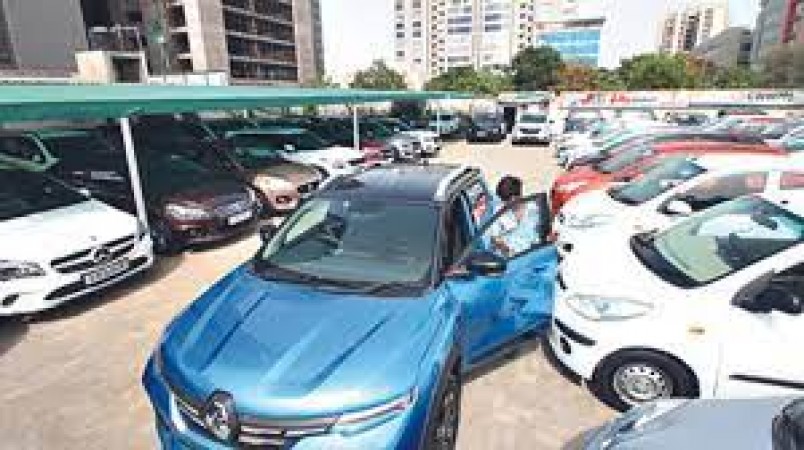
In recent times, there has been a noticeable trend in the automotive industry - the dwindling presence of cars priced under Rs 5 lakh. This disappearance has left many potential buyers perplexed and frustrated. The once-thriving market segment of affordable cars seems to be undergoing a significant transformation, with prices soaring beyond the reach of many consumers. But what exactly is causing this drastic shift, and who should be held accountable?
One of the primary reasons behind the surge in car prices is the substantial increase in input costs. From raw materials like steel and aluminum to essential components such as semiconductor chips, manufacturers are facing inflated prices across the board.
Stringent emission norms and safety regulations have necessitated the integration of advanced technology and features into vehicles. While these measures are crucial for environmental sustainability and passenger safety, they also contribute to the overall cost of production.
The automotive industry relies heavily on a complex global supply chain. Disruptions caused by factors like the COVID-19 pandemic, geopolitical tensions, and natural disasters have severely hindered the smooth flow of components and materials, leading to delays and increased costs.
The ongoing global shortage of semiconductor chips has emerged as a significant bottleneck for car manufacturers. These chips are integral to the functioning of modern vehicles, powering everything from infotainment systems to advanced driver-assistance features. The scarcity of semiconductors has forced automakers to cut production or prioritize high-margin models, further exacerbating the scarcity of affordable options.
Uncertainty surrounding government policies, particularly in areas like taxation, import duties, and incentives for electric vehicles (EVs), has added another layer of complexity for automakers. The lack of a clear roadmap often leads to hesitation in long-term investment planning, which can stifle innovation and exacerbate cost pressures.
The broader economic landscape, characterized by inflationary pressures and fluctuating currency values, has also contributed to the escalation of car prices. Rising fuel prices and increasing operational costs further strain the finances of both consumers and manufacturers alike.
While external factors undoubtedly play a significant role, automakers' and dealers' strategies cannot be overlooked. In pursuit of higher profit margins, some manufacturers may choose to discontinue or scale back production of entry-level models, focusing instead on premium segments where margins are more lucrative.
Brand positioning and marketing strategies also influence pricing decisions. By associating their products with attributes like luxury, performance, or exclusivity, manufacturers can justify higher price points, regardless of the actual production costs.
Policy interventions aimed at addressing supply chain disruptions, promoting domestic manufacturing, and providing incentives for electric and hybrid vehicles could help alleviate some of the pressures contributing to the price surge.
Collaborative efforts within the automotive industry, including shared research and development initiatives, standardized manufacturing processes, and collective bargaining with suppliers, could lead to cost efficiencies that can be passed on to consumers.
Empowering consumers with information about alternative transportation options, including public transit, cycling, and carpooling, can help mitigate the impact of rising car prices while promoting sustainable mobility solutions.
In conclusion, the disappearance of cars priced under Rs 5 lakh is a multifaceted issue driven by a combination of internal and external factors. While rising input costs, supply chain disruptions, and regulatory pressures pose significant challenges, the decisions made by automakers and dealers also play a crucial role in shaping market dynamics. Addressing this issue will require concerted efforts from stakeholders across the board, including government authorities, industry players, and informed consumers.
Small packet, big bang! This SUV sold more than Nexon, Brezza in January
Maruti Suzuki Turbo Velocity Edition launched, will get 16 new accessories